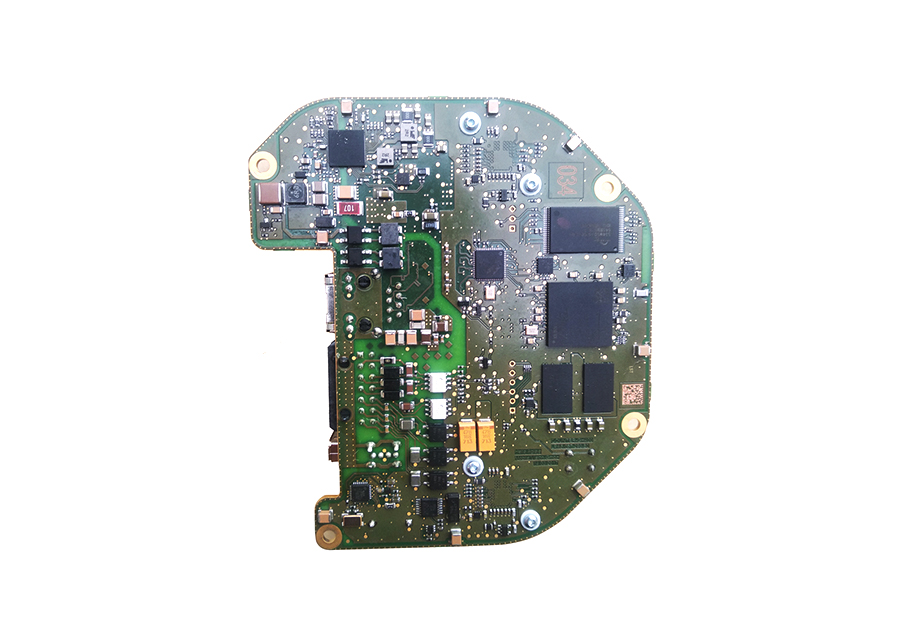-
CN
-
Service Hotline
+8618129931046 Mr. Liao


Time:2025-06-07 Views:1

The salt spray test is a crucial assessment method for evaluating the corrosion resistance of double - sided printed circuit boards (PCBs), especially in environments where they may be exposed to salt - laden atmospheres, such as coastal areas, industrial sites near the sea, or certain outdoor applications. This test simulates the harsh conditions of salt - fog exposure to determine how well the PCB materials and surface finishes can withstand corrosion over time.
The salt spray test is typically conducted in a specialized chamber. First, a salt solution with a specific concentration, usually 5% sodium chloride (NaCl) by weight, is prepared. This solution is then atomized into a fine mist inside the chamber, creating a salt - fog environment that uniformly covers the test specimens, which are the double - sided PCBs. The chamber maintains a stable temperature, usually around 35°C, to accelerate the corrosion process and simulate real - world conditions more effectively.
During the test, the PCBs are exposed to the salt - fog atmosphere for a predetermined period, which can range from several hours to several days, depending on the application requirements and industry standards. For example, in some automotive or marine applications, PCBs may be subjected to 96 hours or even longer salt spray tests to ensure their long - term reliability. As the test progresses, the PCBs are regularly inspected for signs of corrosion, such as the formation of rust on metal components, discoloration of the surface finish, or degradation of the electrical insulation properties.
The results of the salt spray test are crucial for PCB manufacturers and designers. If a PCB fails the test, it indicates that the materials or surface finishes used are not suitable for the intended corrosive environment. Manufacturers may then need to consider alternative materials, such as using more corrosion - resistant metals for components, applying better - quality surface finishes like electroless nickel immersion gold (ENIG) or organic solderability preservatives (OSP), or enhancing the overall sealing and protection of the PCB. By conducting thorough salt spray tests, the reliability and lifespan of double - sided PCBs in corrosive environments can be significantly improved, ensuring the proper functioning of electronic devices in harsh conditions.